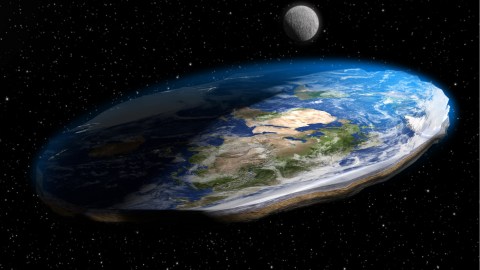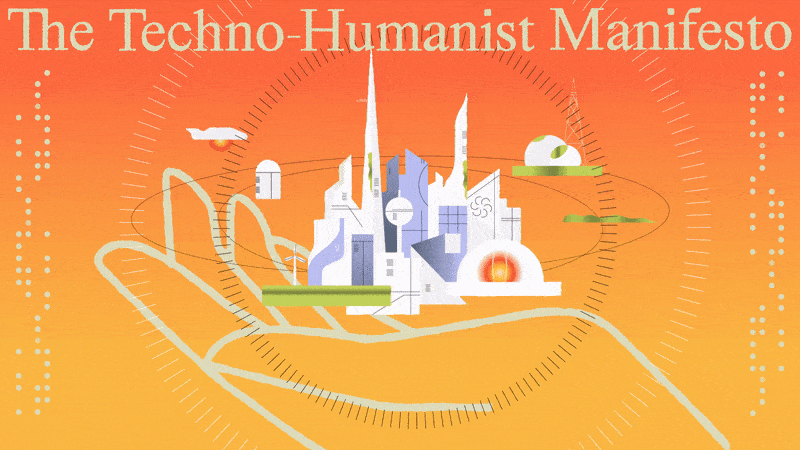Flat earth and climate denial: Why?

I really didn’t want to watch it, but my kids were insistent.
A few months ago, Netflix released Behind the Curve, a documentary about the Flat Earth “movement.” As a scientist who writes for the public about climate change, I’ve had my share of seeing people publicly and proudly declare their ignorance on technical subjects. Between climate denial and the dangerous rise in anti-vaccine sentiments, I thought the last thing I needed was to go the extreme of listening to people deny the Earth was round.
But arguments for or against the Earth’s basketball shape are not really what Behind the Curve is about. That’s because it’s not about the “how” of science denial in terms of rational discourse on scientific topics. Instead, its focus is on the “why.” Why do people deeply enmeshed in a scientific society end up choosing one particular scientific result to reject, even at the cost of looking like nutjobs? The answer, it turns out, is just as relevant for “mainstream” climate denial as it is for the fringes of Spherical Earth denial.
And that answer is identity.
Behind the Curve uses most of its hour-and-a-half running time to follow a set of real people as they navigate the community of Flat Earthers. Yes, there is a whole community of people who maintain jobs, drive cars, use the internet and even fly in airplanes who believe fiercely that the Earth is flat. And that community, as a community, is really the point of the documentary.
“In” or “out”?
We humans evolved with an acute sensitivity to social standing. We care deeply about our place in our communities. Do we have high standing or low standing? Are we part of the “in group” or the “out group”?
What we see in Behind the Curve is how the internet allowed groups of individuals prone to the very “outsider” idea of a flat Earth to find each other. In the process, as you might expect, some particularly charismatic folks ended up as leaders in that growing community. These leaders brought along pods of admirers in their wake, like the vortices behind a fishing trawler.
The documentary follows a number of these Flat Earther charismatics as they attend conferences or serve as guests on each other’s video podcasts. And, as you also might expect, rivalries among the leaders emerge and trickle down to the followers. Points of contention flare around who really began the Flat Earth movement or who is the most true to its principles. Another question splitting the movement: Who is a stooge/mole/spy of the government and its false-prophet scientists?
It’s a pretty sad story all in all, including a really depressing sub-narrative about a failed romance. But what matters for understanding science denial in general is seeing how much the obviously insane belief in a flat Earth really comes down to belonging. For these folks, belief in a flat Earth gives them entry into and acceptance within a community. It gives them an “in group” which provides the blessed social relief we’re born to desire. It also gives them an “out group” (the rest of us) they can push back against. At the end of the day, it really has nothing to do with the science. It’s all about creating and protecting an identity.
Which brings us to climate denial.
There is, without doubt, a large part of science denial that stems from the organized, well-funded efforts of those who stand to lose money if we stop using fossil fuels. But that alone doesn’t explain the endless arguments I’ve had about climate change with people who don’t know squat about climate change. Why do these folks, who don’t care much about science, have such a passion about this one particular branch of science? Behind the Curve shows us the answer.
It was never about the science.
Climate change denial is just one star in a constellation of beliefs about the world that create an identity for denialists. It’s about politics and tribes and belonging. If you think of yourself as a certain kind of person, then you must reject the science of climate change. Not rejecting it would mean getting kicked out of your community which holds similar beliefs.
That’s why no amount of data or math or explanation can change denial for some people. Changing their minds would make them outsiders. And that’s a pressure few of us can handle.
The post Flat Earth and Climate Denial: Why? appeared first on ORBITER.





